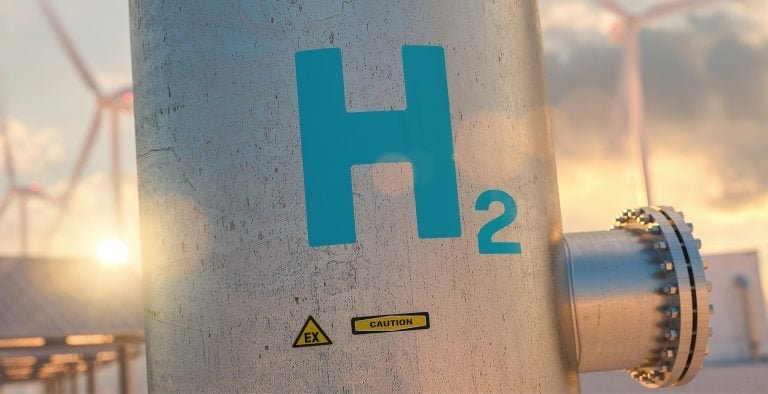University of Nebraska-Lincoln researchers are investigating the Midcontinent Rift, a vast underground region spanning six states, to harness natural hydrogen as a clean energy source.
Key Findings
- Abundant hydrogen reserves: Estimates suggest tens of millions to tens of billions of megatons of hydrogen in the Earth’s crust.
- Renewable energy source: Hydrogen produces no carbon emissions and renews constantly through water-rock interactions.
- Economically viable: Preliminary data from a Nebraska test well indicates trapped hydrogen at an economically meaningful scale.
The Research
Led by Seunghee Kim, Charles J. Vranek Associate Professor of civil engineering, the team aims to:
- Understand hydrogen production, migration, and accumulation processes.
- Determine feasibility of hydrogen storage and extraction.
- Investigate biogeochemical and microbiological implications.
Global Implications
- Global energy potential: Accessible natural hydrogen could meet global energy needs for thousands of years.
- International applications: Similar subsurface rifts in France, Germany, Russia, and Africa may also produce hydrogen.
Interdisciplinary Approach
Researchers from civil engineering, Earth sciences, and biological systems engineering collaborate to:
- Develop computational modeling tools.
- Integrate data on hydrogen flow, storage, and microbial interactions.
Funding
The $1 million, five-year project is funded by the National Science Foundation’s RAISE initiative.
Conclusion
The University of Nebraska-Lincoln’s research paves the way for harnessing natural hydrogen, offering a promising solution for reducing fossil fuel reliance and mitigating climate change.

















